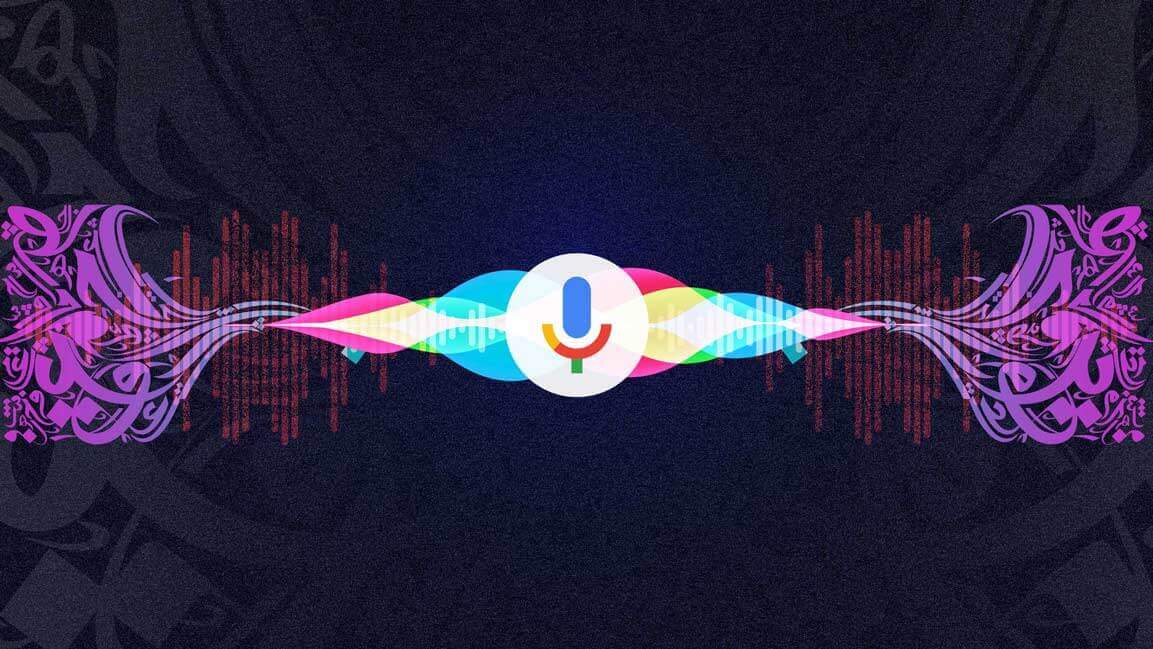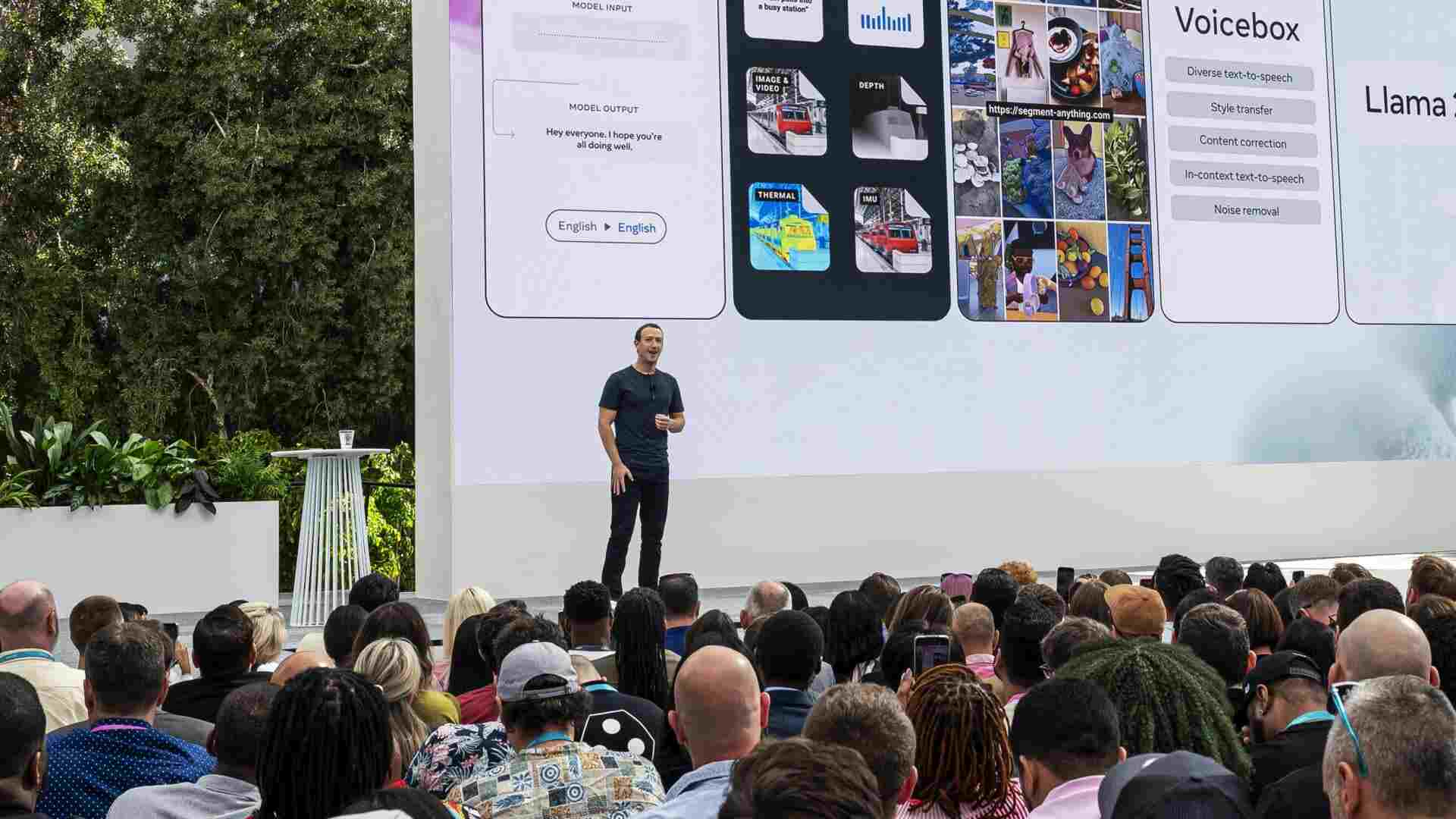- | 9:00 am
Can voice assistants cross cultural barriers and reach Arabic-speaking users?
Voice assistants from US brands may have been programmed to understand Arabic, but they struggle to process different dialects.

In May, Alphabet CEO Sundar Pichai took the stage during the Google I/O conference to unveil innovations in the company’s translation software. But the introduction turned into a faux pas when netizens pointed out that Google had got the Arabic script backwards.
Pichai was showcasing a monolingual approach to teaching underrepresented languages to Google’s software. But instead, he was caught unaware of disjointed Arabic words. This debacle indicated how voice assistants created by major tech firms struggle to communicate with Middle Eastern users.
Virtual assistants such as Alexa and Siri, which read the news out for you, provide weather updates, run an online search or provide road directions, are the most evident manifestations of AI in everyday life, mainly through smartphones. Since most voice assistants were designed in the West, we’ve been communicating with connected devices, handsets, and smart speakers in English, but wouldn’t it feel more personal if the service was available in a regional language?
In an age when the internet of things, connected vehicles, and smart appliances are shaping a modern lifestyle, interactive software can be a lot more productive. Running a search to map out our journey, or something as basic as turning on the lights in our home, assistants from Amazon and Apple have brought the genie out of the bottle.
Beyond controlling security systems and lighting, you can train Alexa to order food or narrate the daily news for you. Of course, the most popular device for this digital companion remains Amazon’s Echo smart speaker. Now, Siri can do all this through shortcuts that you can control via iPhones, iPads, or simply through your Apple Watch, and in the case of Google, you can just tell the assistant which routine you want it to follow.
You get a virtual companion to type while you speak, adjust the lighting and sound for video-conferencing, and read articles. What can be better than such a hassle-free experience at work?
Well, it’s the ease of doing it all in Arabic with a familiar voice responding from the other side instead of one with a thick American accent or a robotic vibe.
Move beyond setting reminders, taking directions, or checking flight schedules and bookings for that trip from the assistant on your phone or smartwatch. Imagine how Google Assistant can even read this article in Arabic for you. Sounds fascinating, doesn’t it?
INFORMATION IN A FAMILIAR LANGUAGE
Search is synonymous with Google, no matter which language you say it in or which part of the world you are in. The tech giant which delivers quick results swiftly adapted to Middle Eastern sensibilities. Google Assistant was initially introduced for Egyptian and Saudi dialects of Arabic, and you also get to use language settings for bilingual services that combine English and Arabic.
Even Google needs time to learn, which is why more regional dialects of Arabic are yet to be added, and it misses a few commands for smart home devices. However, recently, the software got a substantial upgrade. In collaboration with UAE-based SafeSpace, Google Assistant now provides AI-backed mental health support for Arabic users based on therapists’ coping mechanisms.
ARE YOU LOST IN TRANSLATION?
You probably expect Apple to be exceptionally good at almost every service it offers, which is natural, considering how the iPhone, iPad, and Macbook have consistently provided a seamless experience. Siri is one of the three most efficient voice assistants today.
But the best can have their limitations too. Siri has been struggling when it comes to dropping the American tone and often gets the pronunciation of Arabic words wrong, confusing users in the Middle East.
Not that it affects the popularity of this iconic brand in any way, but Siri also hasn’t been prompt in grasping voice commands in local Arabic dialects, even though it speaks more than 20 languages. This is because Siri is great with Modern Standard Arabic, which isn’t used by most people for day-to-day interactions but doesn’t adapt well to Jordanian or Egyptian accents.
But along with limitations, digital tools can use machine learning to understand different contexts in which the same word can have a different meaning, making assistants, including Siri, a lot more efficient for Arabic-speaking users.
CLASSICS TO RAP, ALEXA’S GOT IT COVERED
Smart devices such as Echo Dot speakers have fascinated us in the Middle East and Amazon took its own sweet time to make sure Alexa got Arabic right. The brand brought customers on board and trained the voice assistant for two years to build a personality instead of translating commands so that Alexa can also catch cultural references accurately.
Alexa Arabic was launched in Saudi Arabia and Dubai in late 2021, which is long after its peers Siri and Google Assistant added the language. Still, the smart chatbot is well versed in the Khaleeji dialect spoken in the Gulf. The AI-backed feature is available on three Echo speakers and Echo smart displays that you can purchase in Dubai, Abu Dhabi, Riyadh, or Jeddah.
If you are in the mood for Amr Diab or Nancy Ajram’s pop hits or Mo Ramadan’s hip hop numbers, Amazon has also worked with regional music streaming giant Anghami to make sure Alexa recognizes your favorite tracks.
GOING LOCAL FOR THE RIGHT VOCALS
Digital tools and virtual assistants accelerate innovation. Experts in the Arab world have efficiently turned inspiration from Siri or Alexa into finished products to create Arabic-speaking voice assistants born in the region. Last year, a Jordanian entrepreneur Sari Hweitat introduced Xina AI, touted to be the first-ever Arabic interactive voice assistant, which can integrate into call centers instead of being marketed directly to smartphone users.
Xina was preceded by another Arabic-speaking software called Salma, from Jordan, which understands regional sensibilities and informs users about prayer timings, weather updates, and currency exchange rates. At the same time, Rafiq, which reads out scores for Arab football fans, claims to surpass a significant barrier by understanding colloquial terms.
Yes, it’s understandable for brands that took shape in the US to struggle with cultural contexts, local dialects, and sensibilities of the Arab world, but the region is a hub for tech adoption and a major market for any gadget, app, or software out there.
It’s high time big tech firms pull up their socks and start training Siri, Alexa, and Google Assistant to be fluent in Arabic spoken in different forms across the Middle East.






































